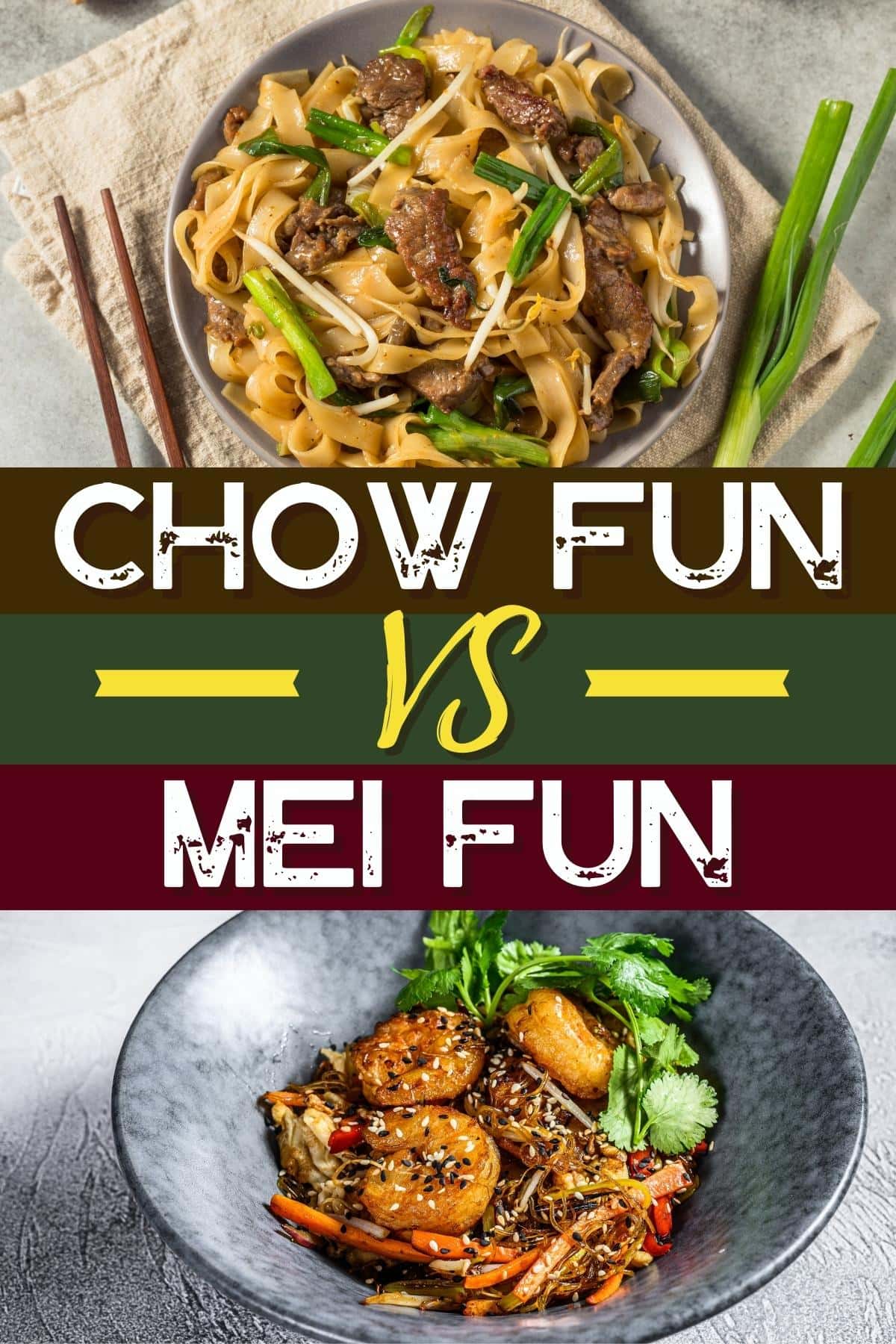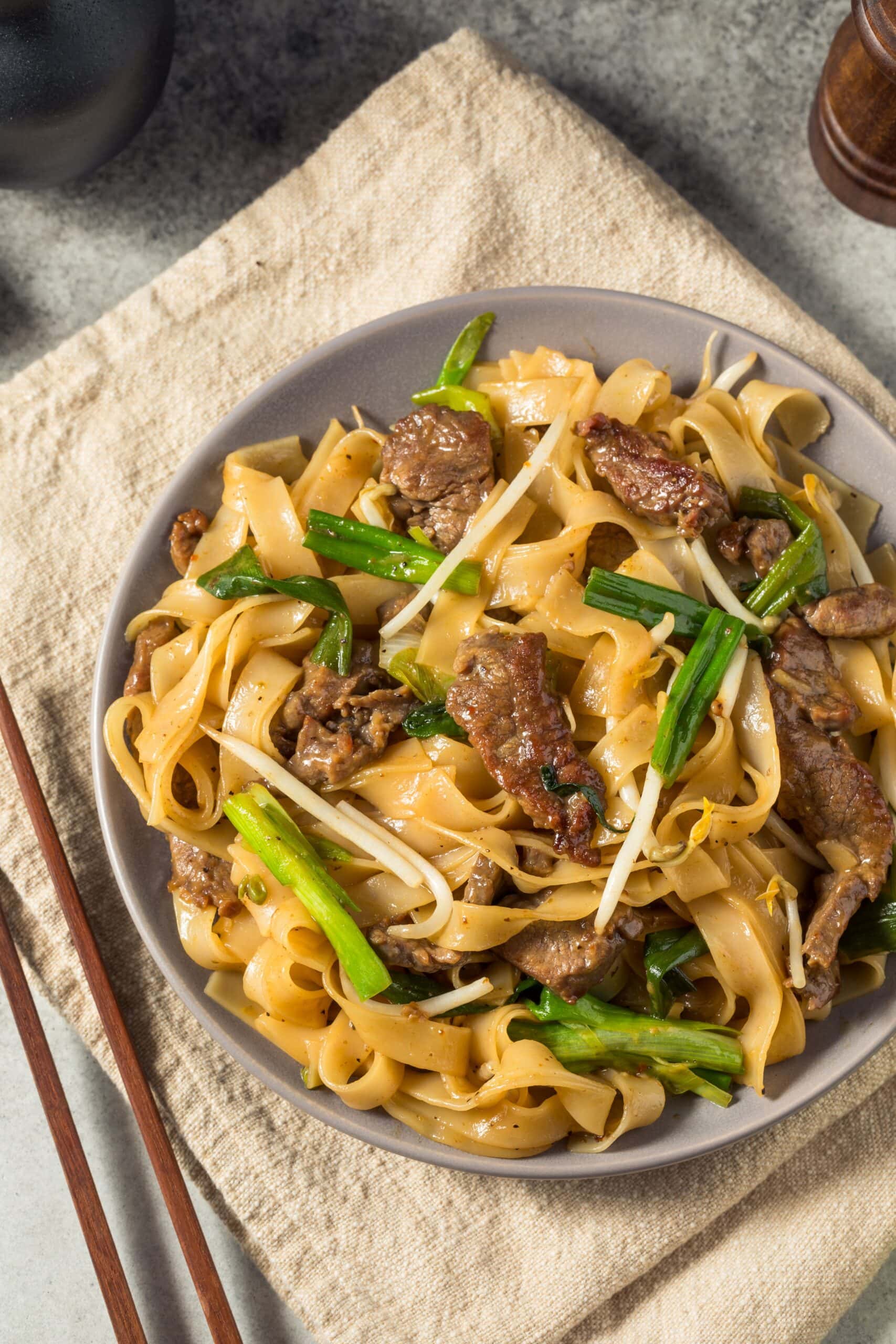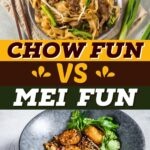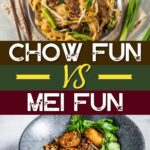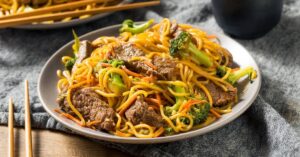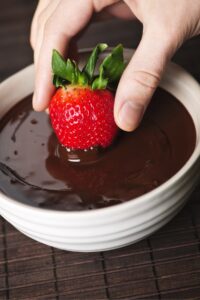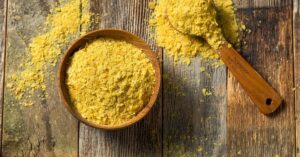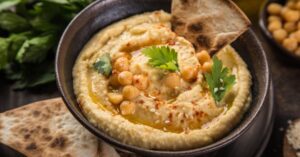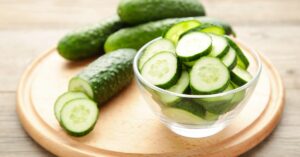Noodles have long been essential to Asian cuisine, but telling them apart can be tricky. Today, we’ll talk about Chow Fun vs. Mei Fun noodles.
Different noodles offer various flavors, textures, and culinary experiences. Chow Fun and Mei Fun noodles are no exception.

Each noodle has its own distinct characteristics and regional influences. You will use each one in specific dishes. And both noodles have their pros and cons.
In this article, I dive into each noodle’s texture, cooking method, and nuanced flavors.
Hopefully, it will help you decide which noodle is best for your recipe. Chow Fun vs. Mei Fun- what’s the difference?
What’s the Difference Between Chow Fun and Mei Fun?
There are several differences between these two noodles. They look and feel different and have different uses.
And the way to cook them also differs. Let’s get into it!
Appearance
The key differences in appearance stem from how thick the noodles are.
Chow fun noodles are more broad and thick than mei fun noodles. They resemble fettuccine noodles.
Mei fun noodles are thinner and more delicate. These noodles look more like vermicelli.
These size differences are the primary reason they have such varied uses.
Flavor
The flavor is one of the few aspects in which the noodles are alike.
Like most Chinese noodles, they’re both mild and sweet. Honestly, they’re pretty bland if eaten alone.
They suck up the sauce and other flavors. Delicious! But they have no distinct flavor of their own.
However, many people say that Chow Fun tastes more “noodly.”
Texture
Because of its larger size, Chow Fun is chewier than Mei Fun. Mei fun is much softer.
However, Chow Fun is simultaneously crispy and chewy once you fry them. (It’s an interesting tactile sensation that makes the noodles extra enjoyable.)
Mei Fun noodles don’t get very crispy, even when fried. They keep much of their softness and are chewy.
Shelf Life
Shelf life is another thing these two noodles have in common. Unopened, the noodles will keep for up to 3 years in a cool, dry place.
Store cooked leftovers in the fridge for up to 5 days.
Uses
You will find Chow Fun noodles almost exclusively in stir-fries. Sometimes, people add them to soups, but that is pretty rare.
Mei Fun noodles go in just about anything. They are often in stir-fries, soups, stews, and other dishes.
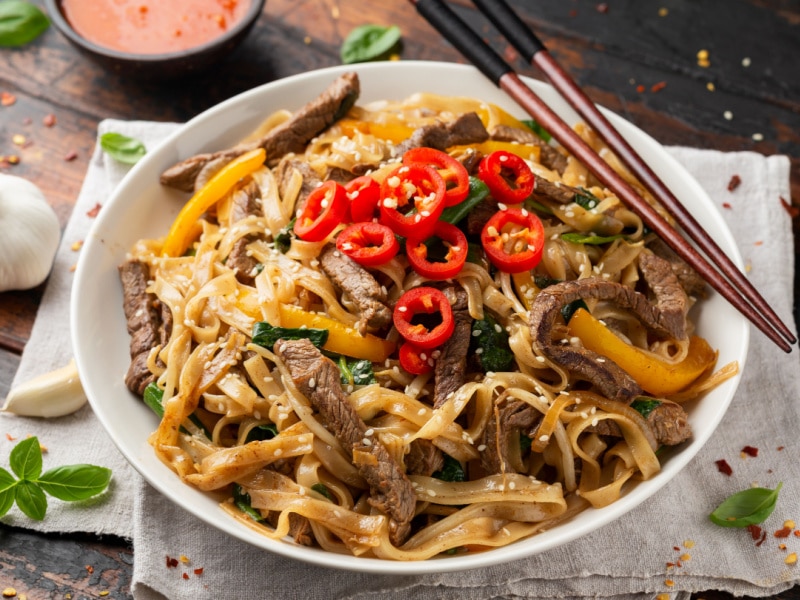
What Is Chow Fun?
Chow Fun refers to a type of wide rice noodle. Or a dish made from those same wide rice noodles.
The rice noodles are chewy, slippery, and about an inch wide.
Chow Fun (the dish) contains meat, veggies, and a sticky, savory sauce. This dish may feature meat from pork or beef to chicken and shrimp.
Common veggies include carrots, onions, peppers, bok choy, snow peas, etc.
You’ll often find it on the menu of your favorite Chinese places.
In Asia, it’s popular in Singapore, Malaysia, Hong Kong, and other regions in South China.
How to Use Chow Fun
People most commonly use Chow Fun noodles in stir-fries. Although it is rare, others also use them in soups.
Chow Fun noodles are versatile and pair well with most meats and veggies.
Here are some of the most popular recipes made with chow fun:
- Cantonese Beef Chow Fun. It includes Chow Fun noodles, marinated beef, and veggies in a dark soy sauce. Bean sprouts and onions are popular veggie choices.
- Hawaiian-Style Chow Fun. This recipe adds a sweet and tangy twist to the traditional beef Chow Fun. It features oyster sauce, carrots, ginger, garlic, and SPAM.
- Chicken Chow Fun. This version of Chow Fun is a little lighter. It contains diced chicken breasts, light and dark soy sauce, and a variety of veggies.
Ways to Prepare Chow Fun
You can boil Chow Fun noodles like any other noodles. However, people typically fry them in stir-fries before enjoying them.
There are two ways to do this: wet frying and dry frying.
Wet Frying
Wet frying is a method of stir-frying in which you use a thickening agent. The name is misleading, as the agents are not wet.
For example, you’ll coat the noodles with cornstarch or flour. Potato starch or arrowroot would also suffice.
Coating them like this makes them more slippery- hence the term wet frying. It also adds a lot of extra flavor to the mild-tasting noodles.
After coating them, stir-fry them as usual.
Dry Frying
Dry frying chow fun means cooking them without coating them first. Fry them in the skillet or wok with your favorite soy sauce or cooking oil.
This method yields a subtle smoky flavor and is more popular today than wet frying.
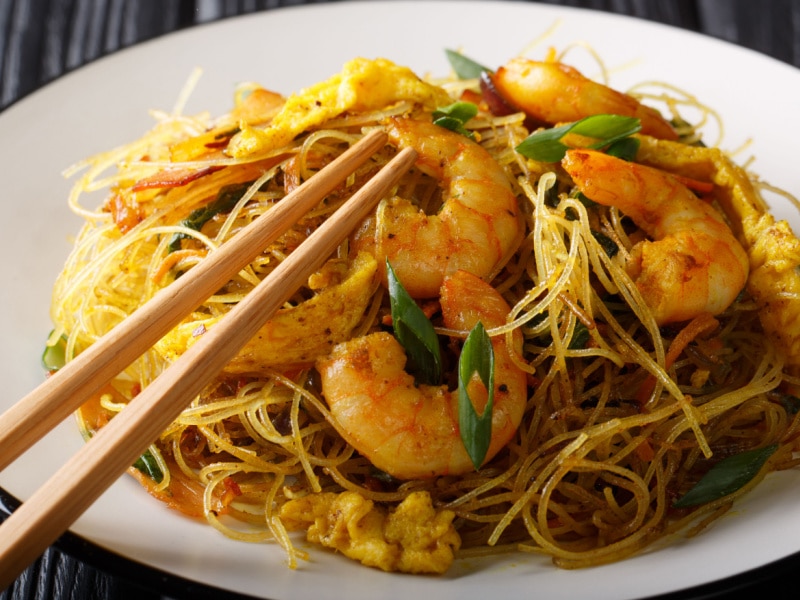
What Is Mei Fun?
Like Chow Fun, Mei Fun is the name of noodles and a dish made with noodles.
The noodles are long and thin- similar to angel hair pasta or vermicelli.
In fact, some people even call themrice vermicelli. They are rice noodles made from water and rice grains.
Their color is like cellophane or glass noodles.
Mei Fun has a mild flavor with a hint of sweetness. They are also usually pre-cooked and then dried.
People use them in stir-fries, soups, stews, spring rolls, salads, and more.
The Mei Fun dish is a stir-fry containing noodles, veggies, soy sauce, and meat.
How to Use Mei Fun
As mentioned, Mei Fun noodles are versatile. You’ll find them in all kinds of dishes from various cuisines.
These include, but are not limited to:
- Chinese
- Japanese
- Vietnamese
- Thai
- Indonesian
- Malaysian
People like cooking with them because they do not need to boil first.
You can soak them in hot water for about 3 minutes. Then cook with them however you like.
Here are some popular dishes that use Mei Fun noodles:
- Singapore Mei Fun. This dish contains eggs, shrimp, curry powder, veggies, and a light and tangy sauce.
- There’s more to it, of course. But those ingredients hit the highlights.
- Chicken Mei Fun. This dish is slightly spicy and loaded with veggies. There are shallots, carrots, cabbage, scallions, and more! It’s a fantastic choice for those who like heat and veggies.
- You can even leave out the chicken, and it still tastes fabulous.
- Thai Spring Rolls. These crunchy pork spring rolls are my favorite way to use Mei Fun noodles. Serve them with a variety of dipping sauces.
- Asian Chicken Noodle Soup. Try it if you need something to cure the sniffles on a cold day. It is as comforting as any chicken noodle soup but has more flavor!
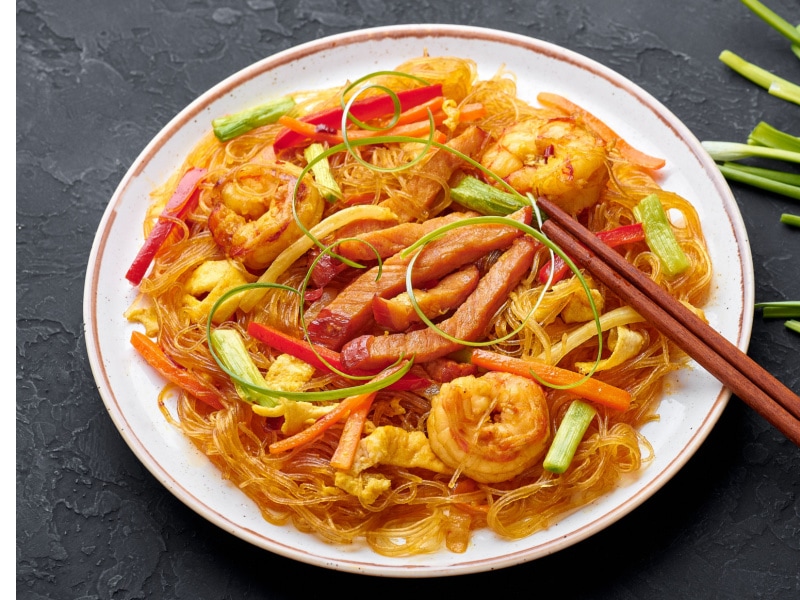
Different Styles Of Mei Fun
There are dozens of varieties of Mei Fun. Each region has its own take on the dish.
Traditional Mei Fun and Singapore noodles are the most popular recipes.
Traditional Mei Fun
This classic recipe is a dry stir-fry. It contains oil, chicken, eggs, and veggies.
You can leave out the meat and eggs for a vegan-friendly version.
You can also substitute other protein sources for the chicken. As for the veggies, add as many or as few as you like.
Singapore Noodle
Singapore noodles are like traditional Mei Fun, with one exception.
The noodles in this dish are a bright yellow-gold color. (Thanks to the turmeric in the curry powder used to make it.)
Typical veggies include peppers, scallions, carrots, and bean sprouts.
You can use whatever protein you like best. But shrimp and char siu are the most common.
Local Styles
As mentioned, the traditional Mei Fun recipe has tons of regional variations.
Places near the ocean often use lots of seafood in their recipes.
Mei Fun may contain only eggs and veggies in impoverished areas where meat is expensive. No meat.
However, Mei Fun is a lot like a good salad. You can make it with whatever ingredients you like best.
There are only two commonalities between most variations:
- The dish usually contains meat, veggies, and noodles. Vegan and vegetarian options are an exception to that.
- It is almost always a dry stir-fry. Too much sauce makes the noodles too hard to eat.
Beyond that, you can do whatever you want with your Mei Fun recipe.
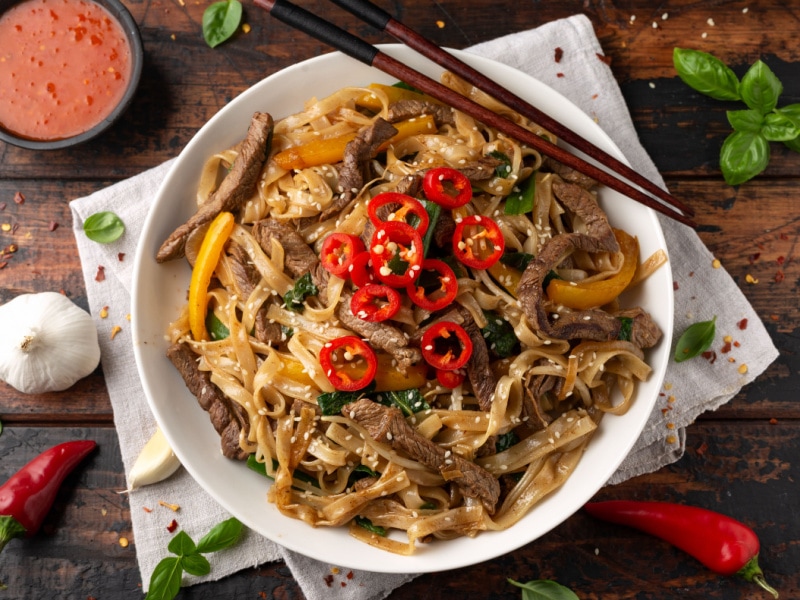
Can You Substitute Chow Fun for Mei Fun?
This question is not as simple to answer as you might think. Because technically, you can sometimes substitute one noodle for the other.
However, you are no longer making the same dish once you do that.
I know; confusing, right? Let me explain.
Though they have other uses, you will often find these noodles in stir-fries.
The stir-fry recipes take their names from the noodles you use to make them.
For example, Singapore Mei Fun gets its name from Mei Fun noodles.
You’re no longer making Singapore Mei Fun if you use Chow Fun noodles. Instead, you’re making Singapore Chow Fun, a separate dish.
So yes, you can “substitute” the noodles for one another in stir-fry recipes.
But once you do, you’re changing the name and nature of the recipe.
HOWEVER.
You cannot substitute the noodles in recipes like spring rolls. Chow fun noodles are too large and thick for spring rolls.
This is typically the case in most soups, as well.
